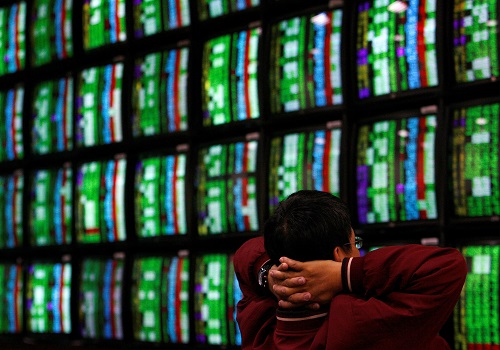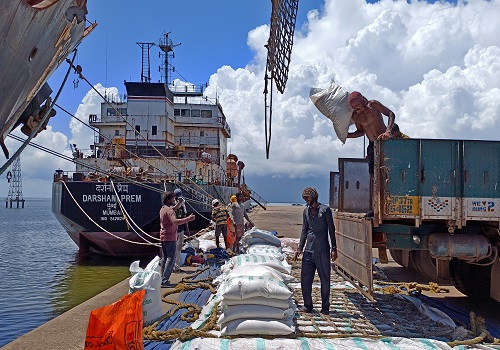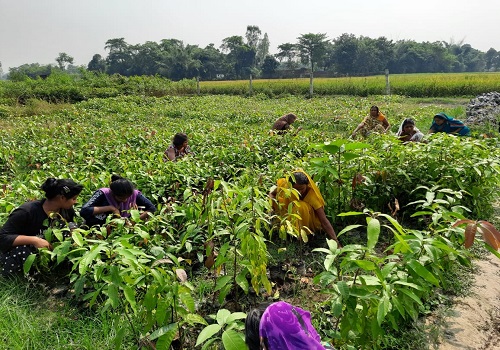BoP : Rising risks of current account balance By Emkay Global

Follow us Now on Telegram ! Get daily 10 - 12 important updates on Business, Finance and Investment. Join our Telegram Channel
Rising risks of current account balance
* The current account reverted to a deficit of USD9.6bn (1.3% of GDP) in Q2FY22 as against a surplus of USD6.5bn (0.9% of GDP) in Q1FY22, due to the widening trade deficit and higher drag from net investment income. The services surplus remained steady. Despite a wider CAD, the BoP surplus remained robust at USD31.2bn, partly due to a one-time SDR allocation (USD17.9bn) by IMF, which, if excluded, would lower the surplus to USD13.3bn. The basic balance (CAD+FDI), which reflects durable current account funding, turned mildly negative amid lower FDI.
* Going ahead, we see import growth exceeding export growth, while higher losses in oil-led terms of trade will imply a CAD-to-GDP of 1.7% in FY22E and will remain range-bound at 1.8%+ in FY23E. New global/domestic headwinds amid Omicron and persistent supply constraints are the key factors to watch out for. However, healthy capital flows will ensure that FY22E BoP remains in a surplus of USD41bn, which could moderate to USD30bn in FY23E.
* Amid a moderating BoP surplus, global headwinds (new virus risk), faster Fed normalization and tighter global financial conditions would push FPIs to ask for a higher EM risk premium, including India. Overall, INR performance will be caught between mixed external terms of trade, gradually changing global risk environment and RBI’s FX stance. Factors like LIC IPO and India’s inclusion in GBIs in the coming quarters could spur flows in mid-CY22 and could be a temporary boost to INR. We see USD-INR hovering in the range of 74-76.50 in the near term.
Q2FY22 current account back into deficit of 1.3% of GDP on account of higher trade deficit
The current account reverted to a deficit of USD9.6bn (1.3% of GDP) in Q2FY22 as against a surplus of USD6.5bn (0.9% of GDP) in Q1FY22 and a surplus of USD15.3bn (2.4% of GDP) a year ago. The sequential worsening of the current account was primarily owing to the widening of the merchandise trade deficit to USD44.4bn (5.9% of GDP) from USD30.7bn (4.4% of GDP) in the preceding quarter, reflecting demand normalization, and price and volume effect of oil and gold. Imports rose 16.5% QoQ to USD149.3bn, while exports inched up 7.6% QoQ to USD105bn in Q2FY22. Turning to invisibles, net services receipts remained steady on the back of robust performance of net exports of computer and business services. Net remittances were strong and steady QoQ at USD18.9bn. Net investment income drag increased meaningfully QoQ and YoY to (-) USD10.4bn from (-) USD8.4bn in Q1FY22.
Q2FY22 capital account improved on SDR allotment, leading to healthy BoP surplus
The material sequential gain in the capital account in Q2FY22 (USD40bn; 5.3% of GDP) from Q1FY22 (USD25.8bn; 3.7% of GDP) was largely due to USD17.9bn of SDR allocation from IMF (in other capital account heading). FDI inflows moderated to USD9bn (USD11.9bn earlier), while FPI (debt-led) and ECB flows improved to USD4bn and USD4.1bn, respectively. Overall, the BoP surplus was steady at USD31.2 bn (USD31.9bn prior) and USD13.3bn without IMF’s SDR allocation. The basic balance (CAD+FDI), which reflects durable current account funding, is now in a mild deficit of USD0.2bn (USD18.4bn prior).
FY22 CAD/GDP at 1.7% amid normalization and oil effect; FY23 to be range-bound
Growth Q2FY22 onward seems to have normalized, led by global tailwinds and steady vaccination progress. New global/domestic headwinds amid Omicron and persistent supply constraints could, however, slow the cyclical global recovery. With import growth exceeding export growth and higher losses in oil-led terms of trade (and higher commodities in general), FY22 CAD/GDP will likely track ~1.7% from the surplus of 0.9% in FY21. Though, healthy capital flows will ensure an FY22E BoP surplus of USD41bn (USD87.3bn FY21). Assuming oil at USD70/bbl in FY23E, CAD/GDP could be range-bound at 1.8%+ of GDP, with the trade deficit widening to USD196bn (USD186bn in FY22E). While imports may remain steady, the upside pressure may fade as inventory rebuilding eases and demand surge normalizes. Capital flows may just be able to offset the widening CAD, led by the LIC IPO, bond index inclusion-related flows and a healthy FDI pipeline. We see the BoP surplus moderating to around USD30bn in FY23E.
INR to hover around 74-76.50 in the near term
Amid the moderating BoP surplus, the global headwinds amid new virus risk, faster Fed normalization and tighter global financial conditions might lead to FPIs asking for a higher EM risk premium, which could pressure EM assets, including India. Overall, INR performance will be caught between mixed external terms of trade, gradually changing global risk environment and RBI’s FX stance. We will watch out for potential news on the LIC IPO and India’s inclusion in global bond indices in the coming quarters, which could spur flows and could be a temporary boost to INR. We see USD-INR in the range of 74-76.50 in the near term. This report is intended for team.emkay@whitemarquesolutions.com use and downloaded at 01/03/2022 02:29 PM This report is
To Read Complete Report & Disclaimer Click Here
For More Emkay Global Financial Services Ltd Disclaimer http://www.emkayglobal.com/Uploads/disclaimer.pdf & SEBI Registration number is INH000000354
Above views are of the author and not of the website kindly read disclaimer
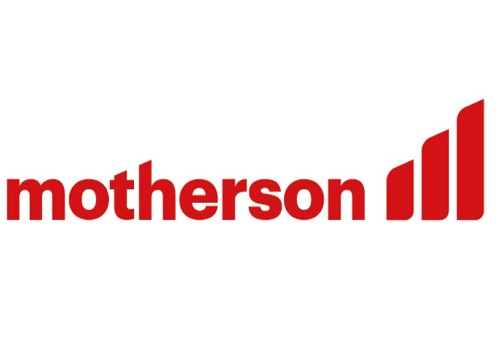

.jpg)
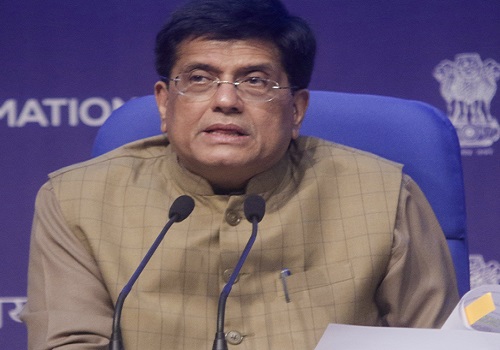
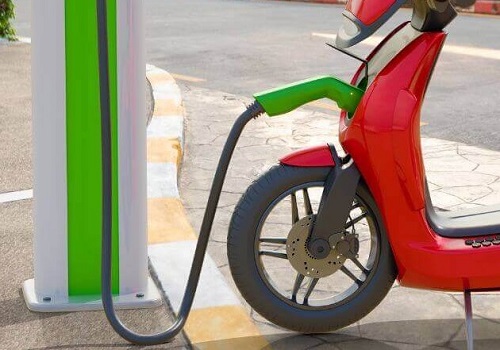

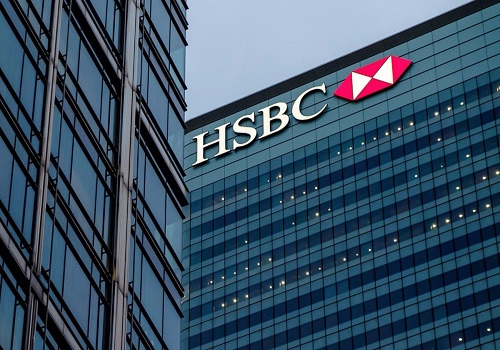
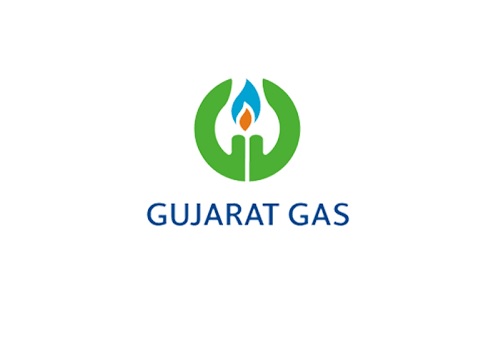


Tag News

Monthly Debt Market Update, September 2023: CareEdge Ratings







